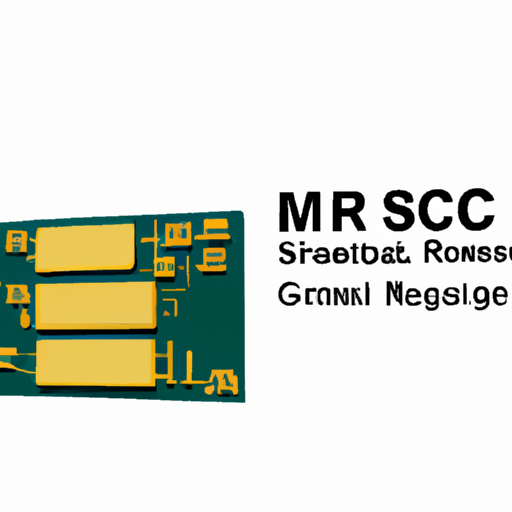Overview of SCRs (Silicon Controlled Rectifiers)
SCRs, or Silicon Controlled Rectifiers, are essential components in power electronics, known for their ability to control high voltages and currents with a relatively small control signal. They are widely used in various applications, from industrial power control to consumer electronics.
Core Functional Technology of SCRs
| 1. Structure and Operation | |
| 2. Types of SCRs | |
| 1. Power Control | SCRs are commonly used in light dimmers, motor speed controls, and heating systems to manage power delivery. |
| 2. Phase Control | They control the phase angle of AC voltage, allowing for efficient power management in various applications. |
| 3. Controlled Rectification | SCRs convert AC to DC in high-power applications, such as in industrial power supplies. |
| 4. Overvoltage Protection | SCRs are used in surge protection devices to clamp voltage spikes and protect sensitive electronics. |
| 5. Switching Applications | They serve as solid-state switches in various applications, including circuit breakers and relay replacements. |
| 1. Light Dimming Circuits | SCRs are used in light dimmers to adjust the brightness of incandescent bulbs by controlling the phase angle of the AC waveform. |
| 2. Motor Speed Control | SCRs regulate the speed of DC motors by varying the voltage applied, often integrated with feedback systems for precision. |
| 3. Temperature Control Systems | In industrial heaters, SCRs enable precise temperature regulation by controlling power delivery to heating elements. |
| 4. AC Voltage Controllers | SCRs provide variable voltage output to resistive loads, such as heaters and lamps, enhancing energy efficiency. |
| 5. Inverter Circuits | SCRs are integral in inverter circuits for converting DC to AC, particularly in renewable energy applications like solar inverters. |
| 1. Solid-State Relays (SSRs) | These modules use SCRs to switch loads without mechanical parts, offering faster switching and longer lifespan. |
| 2. Phase Control Modules | Designed for controlling power to AC loads, these modules are widely used in industrial settings. |
| 3. Motor Control Modules | SCR-based controllers enable efficient speed regulation in various industrial applications. |
| 4. Surge Protection Devices | Modules that incorporate SCRs to clamp voltage spikes, protecting sensitive electronic equipment from damage. |
| 5. Heating Control Modules | SCRs are used in modules for controlling electric heating elements in diverse applications, from home heating to industrial processes. |
Applications of SCRs
Application Development Cases
Effective Modules Utilizing SCRs
Conclusion
SCRs are versatile and powerful components in the realm of power electronics. Their ability to manage large power loads with minimal control signals makes them invaluable across various applications. Understanding their core technology and applications is crucial for developing effective modules that leverage their capabilities for efficient power management and control. As technology advances, the integration of SCRs into new systems and applications will continue to evolve, enhancing their utility in modern electronics.






